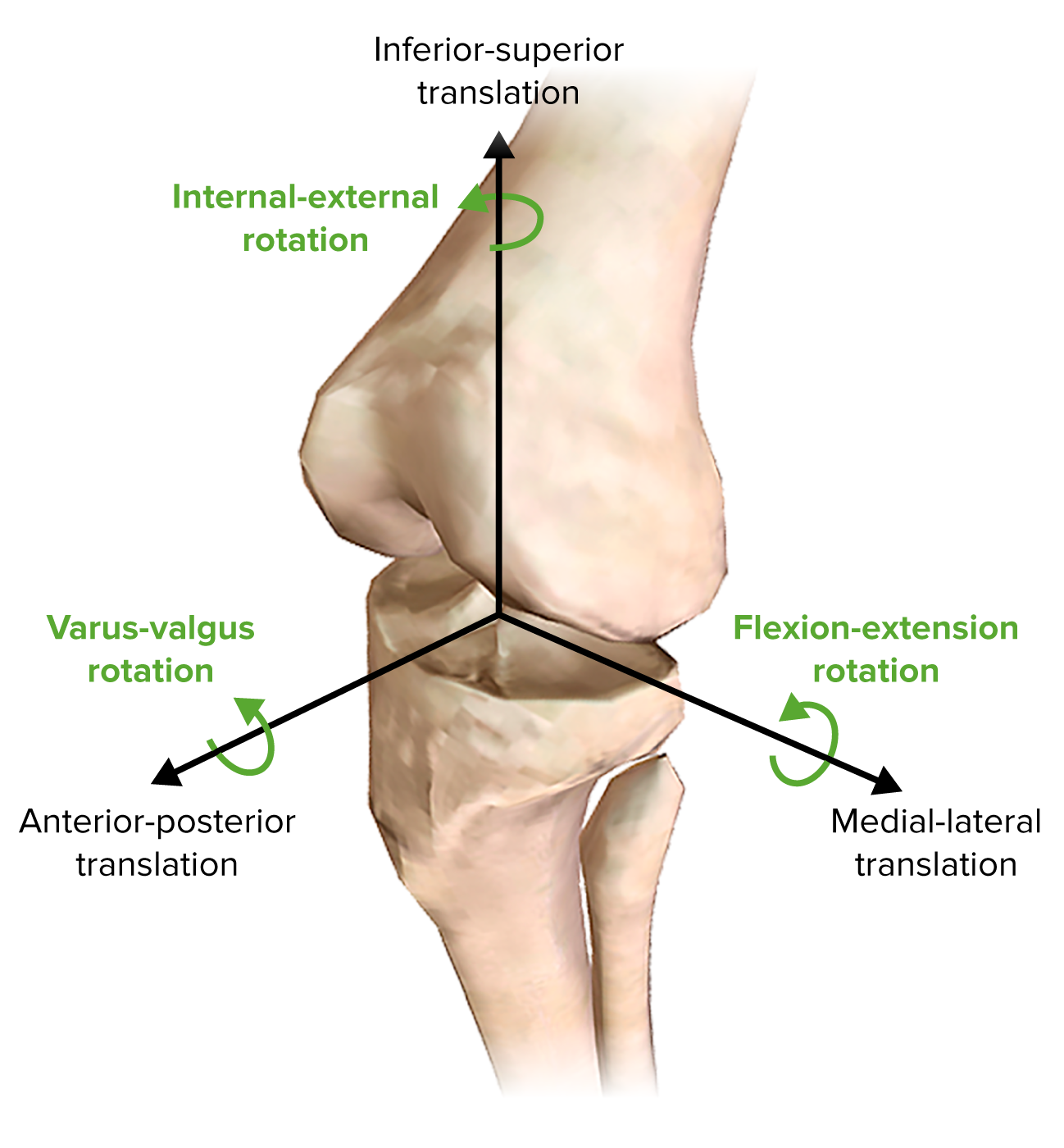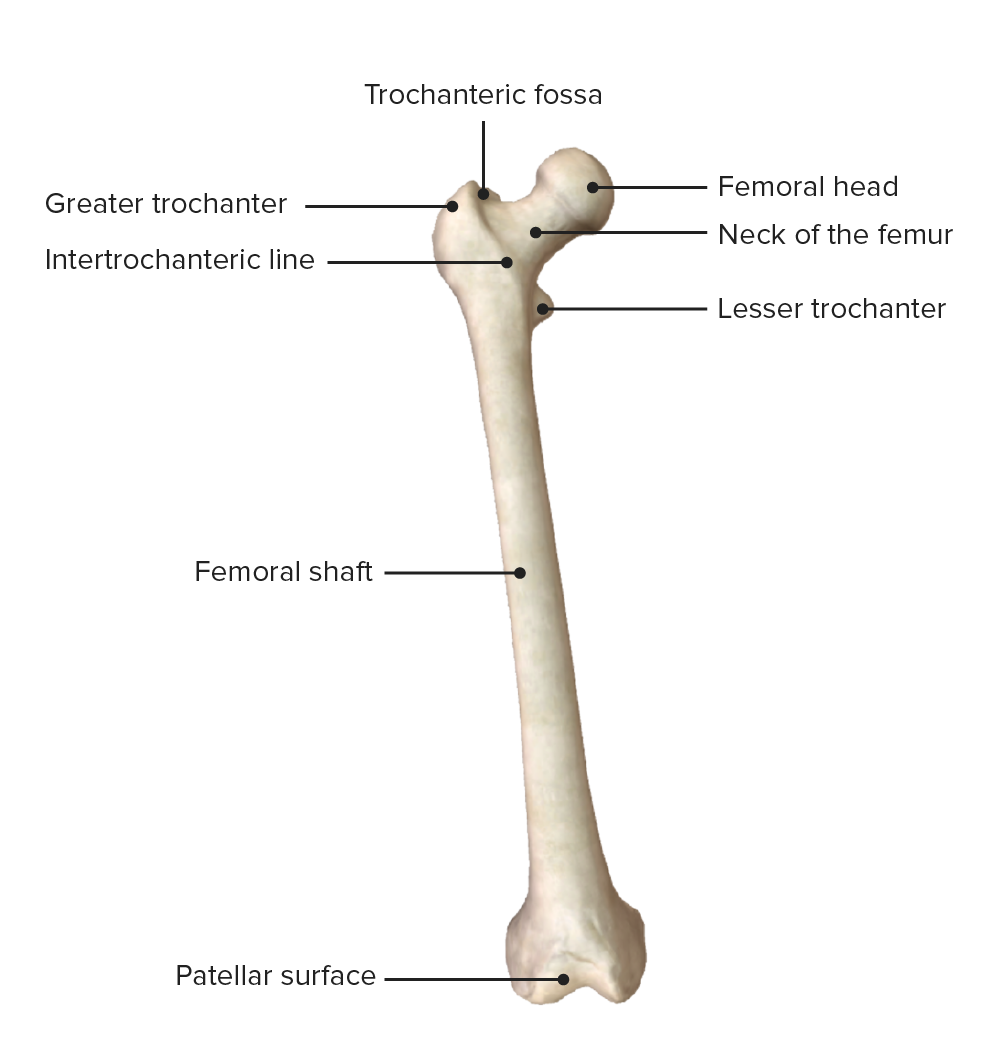Playlist
Show Playlist
Hide Playlist
Fascia – Lower Limb: Superficial Structures and Cutaneous Innervation
-
Slides 02 LowerLimbAnatomy Pickering.pdf
-
Download Lecture Overview
00:01 Similar to the upper limb, we have a tight layer of deep fascia that is running all over the lower limb. Here, we see the anterior surface of the lower limb, and here we see the posterior surface and you see we have this glistening white membrane, which is the deep fascia. Superficial to the deep fascia, we have the superficial fascia, which is in the subcutaneous tissue just deep to the skin. This, like the superficial fascia of the upper limb, is made up of loose connective tissue and can contain fats. The superficial fascia of the lower limb, again just like of the upper limb, is pierced by those cutaneous nerves and superficial veins. Anterior to the knee joints, the loose fascia is tightly adhered to the deep fascia of the lateral and anterior aspects, and that enables effective contraction of the knee joint and it prevents any fascia from being trapped due to flexion of the knee. Between the superficial fascia and skeletal muscles, we have the deep fascia. And again, that is similar to the fascia of the upper limb. This is made up of dense, well-organized connective tissue, and there is no fat. So here we have the deep fascia of the lower limb. Specifically, we?re going to talk about the fascia lata. 01:31 The deep fascia is very strong and it tightly contains all the muscles of the lower limb. This increases the contractile efficiency. So the direction of the pole from this muscles, when they contract, is controlled and it?s very streamlined. The deep fascia of the thigh is the fascia lata, and it connects to the inguinal ligament superiorly, the iliac crest superlaterally, the sacrum and the coccyx posteriorly, and it?s continuous with the distal femur, and also the deep fascia of the leg. So it?s a tight span that covers the anterior, lateral, medial, and posterior aspects of the thigh. Here we have the fascia lata. It?s thickened laterally and forms the iliotibial tract. And this iliotibial tract runs from the iliac tubercle to the anterolateral tibial tubercle. So it runs from the ilium all the way down to the tibia. And we have the iliotibial tract, the aponeurosis of the tensor fascia lata, and the gluteus maximus. So this is where gluteus maximus and tensor fascia lata pass into this iliotibial tract, it is the tendon effectively. It is also continuous with the intramuscular septa and forms muscular compartments. So it?s very similar to that of the upper limb.
About the Lecture
The lecture Fascia – Lower Limb: Superficial Structures and Cutaneous Innervation by James Pickering, PhD is from the course Lower Limb Anatomy [Archive].
Included Quiz Questions
What is the anatomical location in the lower limb where the adherence of the deep and superficial fascia is present?
- Anterior and lateral to the knee
- Superior to the gluteus maximus
- Medial to the knee
- Posterior to the knee
- In the popliteal fossa
Which knee movement prevents impingement between the adherence of the 2 fascia anterior to the knee joint?
- Flexion
- Dorsiflexion
- Plantar flexion
- Extension
- Rotation
Customer reviews
3,0 of 5 stars
| 5 Stars |
|
1 |
| 4 Stars |
|
0 |
| 3 Stars |
|
0 |
| 2 Stars |
|
0 |
| 1 Star |
|
1 |
This was a clear and organized lecture by Dr. Pickering. Much appreciated.
Very Unclear Connection between lecturer and the diagrams the pictures are unclear the teacher seems reading from the book ... can't focus on what he says





